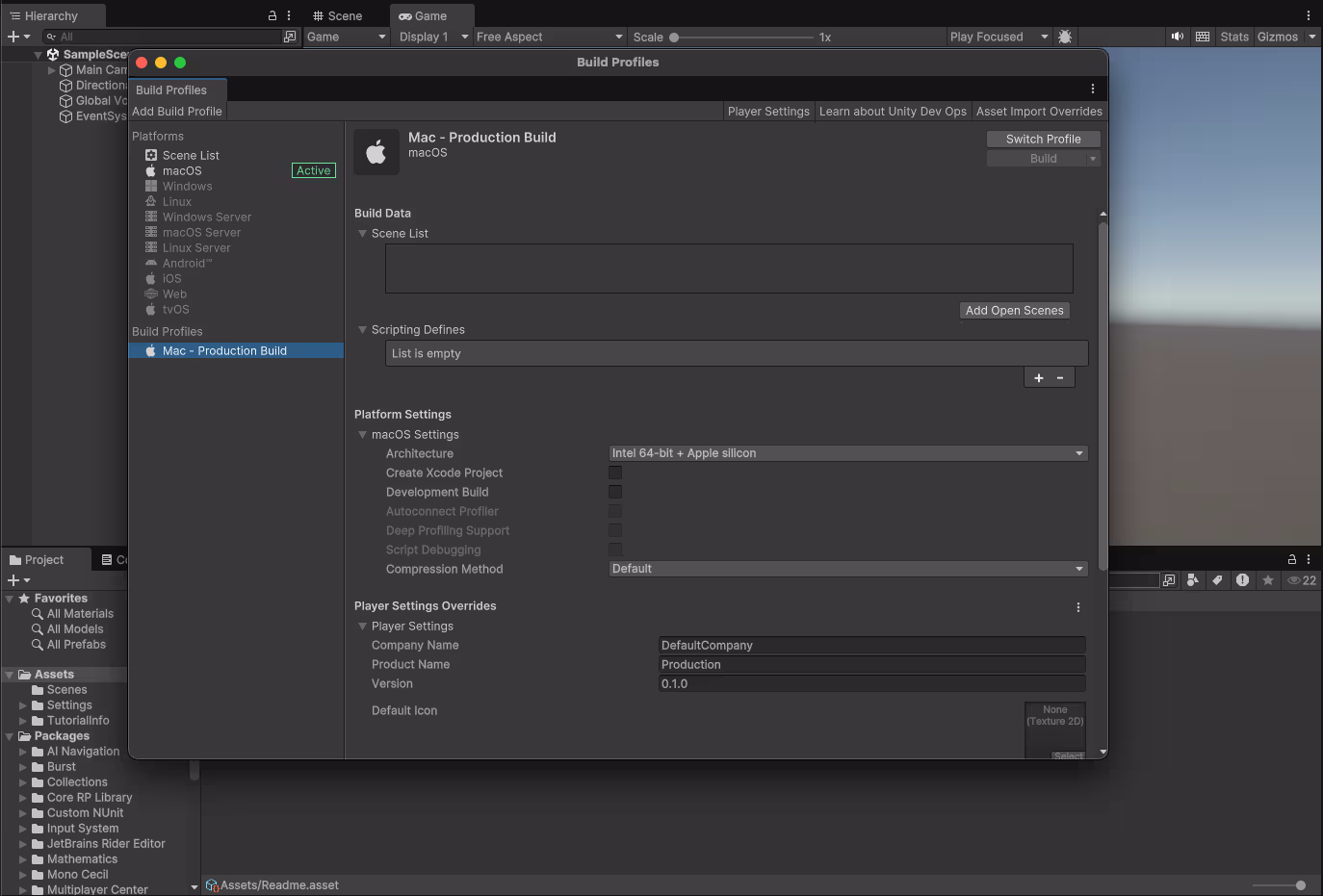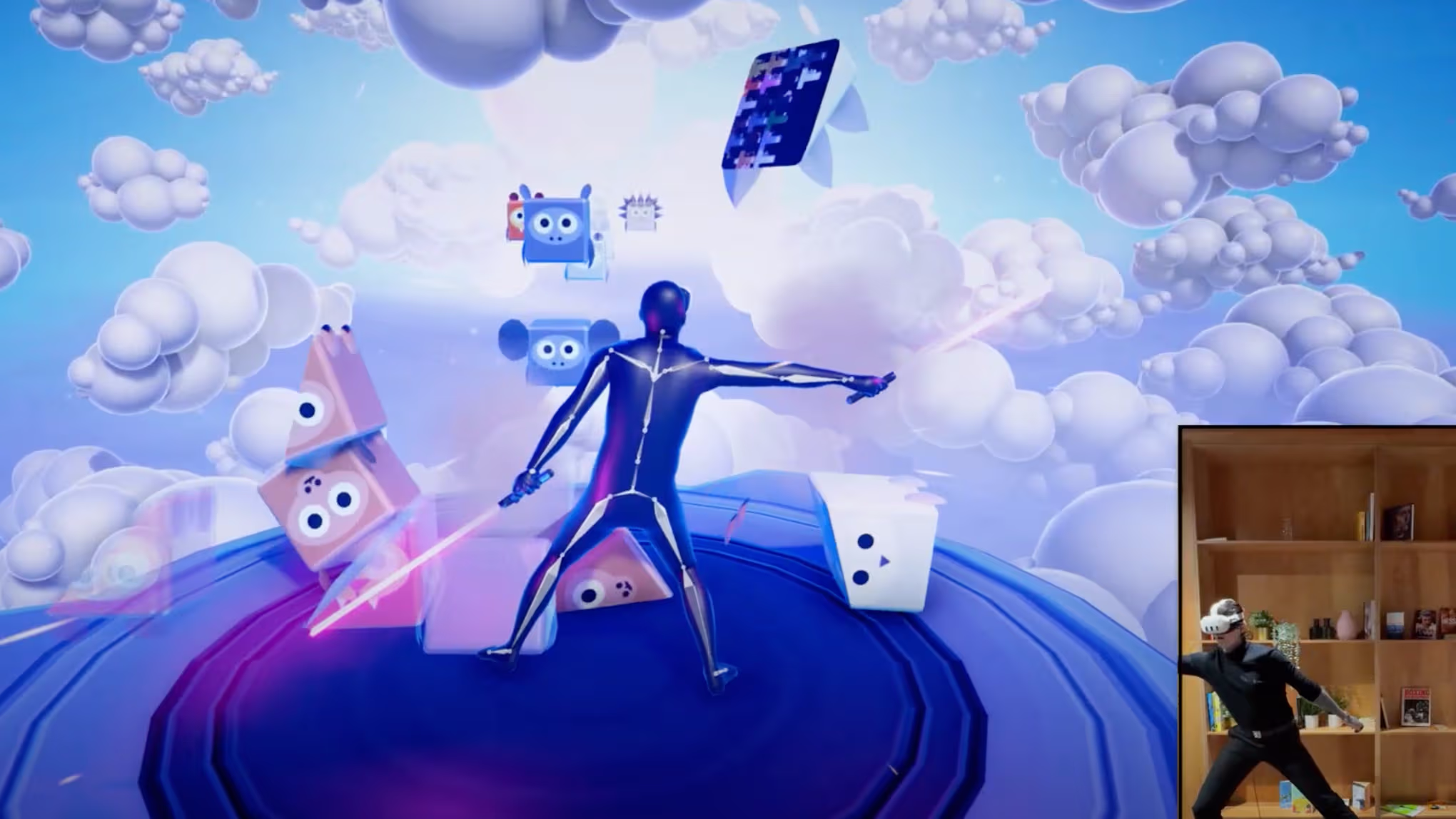On March 26, 2025, Unity officially released version 6 of its LTS (Long Term Support) edition, bringing a wide range of improvements in performance optimization, development workflow, and multiplatform support. In this blog post, we’ll take a closer look at the key new features and examine how they help developers in their day-to-day work—particularly in URP (Universal Render Pipeline) environments.
To better understand the practical benefits, we tested several new features in action using Unity’s official URP Sample Project. For comparison, we also opened the project in a 2022 version of Unity to see how performance and visual quality have evolved.

Adaptive Probe Volumes – Automated Lighting Optimization:
Previously, placing Light Probes in a scene had to be done manually, with careful attention to their number and density—an often complex task when aiming for optimal results. The new Adaptive Probe Volumes (APV) system helps simplify this. Depending on the settings, it automatically distributes light probes throughout the scene based on geometry density. For example, the interior of a building will contain more probes than an open courtyard. Additionally, APV can handle dynamic lighting changes, such as those involving the sky.
The main advantage of APV is its ability to greatly speed up the lighting setup process while improving light distribution. Its drawback is that the probes cannot be manually adjusted, it does not work with the standard Light Probe Group system, and existing setups cannot be converted to APV—you’ll need to create a new layout from scratch.
GPU Resident Drawer – More Efficient GPU Rendering in Unity 6:
This new system automatically uses the BatchRendererGroup API to enable GPU instancing for GameObjects, reducing draw calls and relieving CPU load. It’s especially beneficial in large scenes with many objects rendered simultaneously—making it highly recommended for mobile games where performance and optimization are critical due to hardware limitations.
While GPURD offers clear benefits in render performance, there are limitations: build times may increase, it only works with the Forward+ rendering path, and it only applies to meshes that use a Mesh Renderer. Additionally, it’s only compatible with graphics APIs and platforms that support compute shaders, excluding OpenGL ES.
GPU Occlusion Culling – Visibility-Based Render Optimization:
This feature works in tandem with GPU Resident Drawer, as it is activated from the same settings panel. It ensures that only objects visible to the camera are rendered, boosting overall performance. Fortunately, Unity provides tools to track and debug the new Occlusion Culling: with the Rendering Debugger, both Occlusion and Adaptive Light Probe placements can be visualized in real time.
Spatial Temporal Post-Processing – Enhanced Visuals with Lower Resource Usage:
STP uses the spatial and temporal information of existing frames to increase visual fidelity and perform edge smoothing. This allows developers to achieve high-quality visuals even at lower rendering resolutions—optimizing both performance and visual output. STP is particularly valuable for VR or mobile projects where efficiency and battery usage are vital.
Render Graph System – Optimized Scriptable Render Passes in URP:
The Render Graph System is a new API set that enables the creation of more efficient Scriptable Render Passes within URP. When creating such a render pass, you first define which textures or render targets it uses, followed by the graphics commands it should execute with those resources. The render pass is then integrated into the URP rendering system, which automatically optimizes it to eliminate unnecessary operations and resource usage. URP streamlines rendering in multiple ways: it merges render passes, avoids redundant resource allocation, and skips steps whose outputs won’t be visible on screen. It also reduces duplicate resources by merging similar textures and automatically synchronizes compute and graphics GPU command queues.
Multiplatform Development in Unity 6 – Build Profiles and Platform Optimization:
Several improvements were made to multiplayer support, the UI Toolkit, and web development. Unity’s commitment to multiplatform development is further supported by the redesigned build window, which now includes Build Profiles. This feature allows developers to create platform-specific build configurations, making cross-platform development more transparent and efficient.
 Source: Unity / https://unity.com/blog/unity-6-features-announcement
Source: Unity / https://unity.com/blog/unity-6-features-announcement
Unity Sentis – AI Integration in Unity Projects:
With Unity Sentis, the engine is embracing AI integration more than ever. The system is available across all supported platforms and includes access to curated AI models, such as those from HuggingFace. This enables developers to implement AI-driven solutions in their Unity projects—ranging from gameplay decision-making to intelligent NPC behavior.
 Source: Unity / https://unity.com/blog/unity-6-features-announcement
Source: Unity / https://unity.com/blog/unity-6-features-announcement
UI Development with Shader Graph – Creating UI Elements Natively in Unity:
A major new feature is the ability to create UI elements using Shader Graph. This allows developers to design visually appealing and interactive UI components directly within Unity, without relying on external graphic design tools. It streamlines the UI development process and reduces asset import errors.
Lightmap Generation – Full GPU Acceleration Support:
Lightmap generation also received a major update: the Progressive GPU setting is no longer in preview and is now fully supported. This leads to faster lightmap creation, especially in larger scenes, and improves iteration speed and rendering efficiency.
Conclusion – Why Unity 6 Is Worth a Try for Developers:
All things considered, Unity 6 LTS introduces several exciting and valuable updates that align with modern development needs. Based on our own experience, transitioning a VR project originally built in Unity 2022 went smoothly and without issues. We’re eager to see what additional improvements the Unity team introduces in future updates.
We strongly recommend trying out the new version—especially for developers working with URP. Fortunately, plenty of tutorials, documentation, and a downloadable e-book are available to help you get started and make the most of the new tools.





